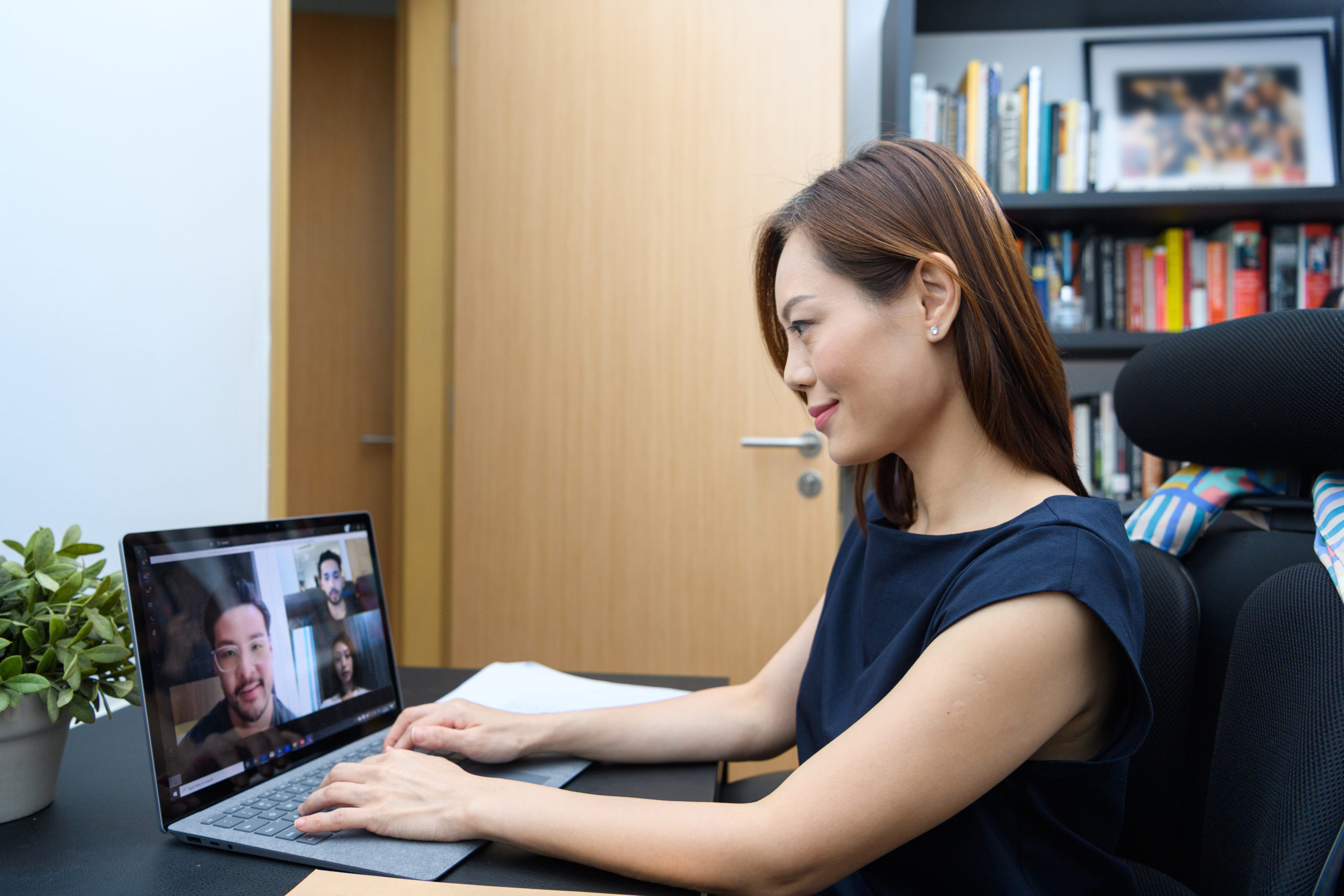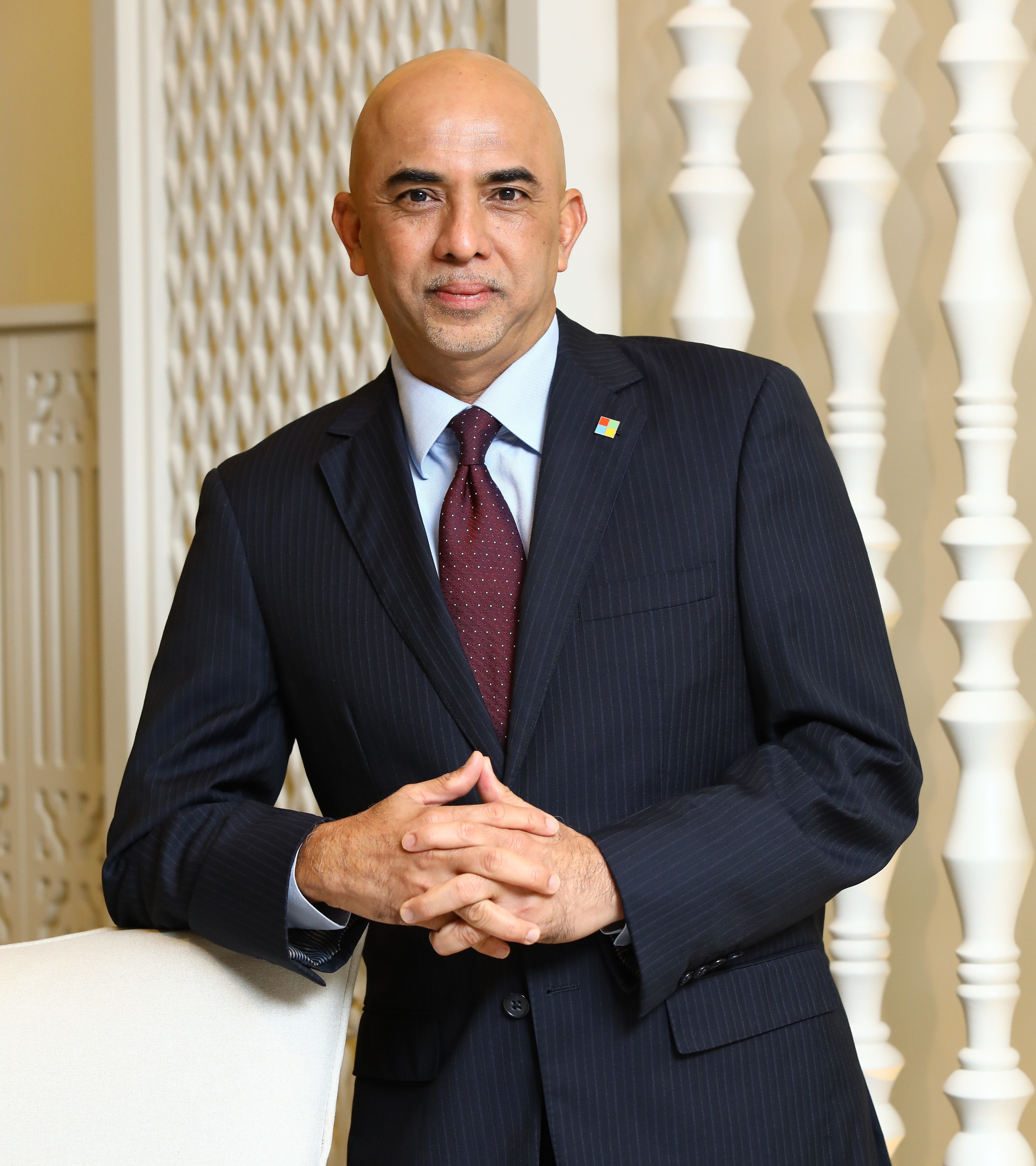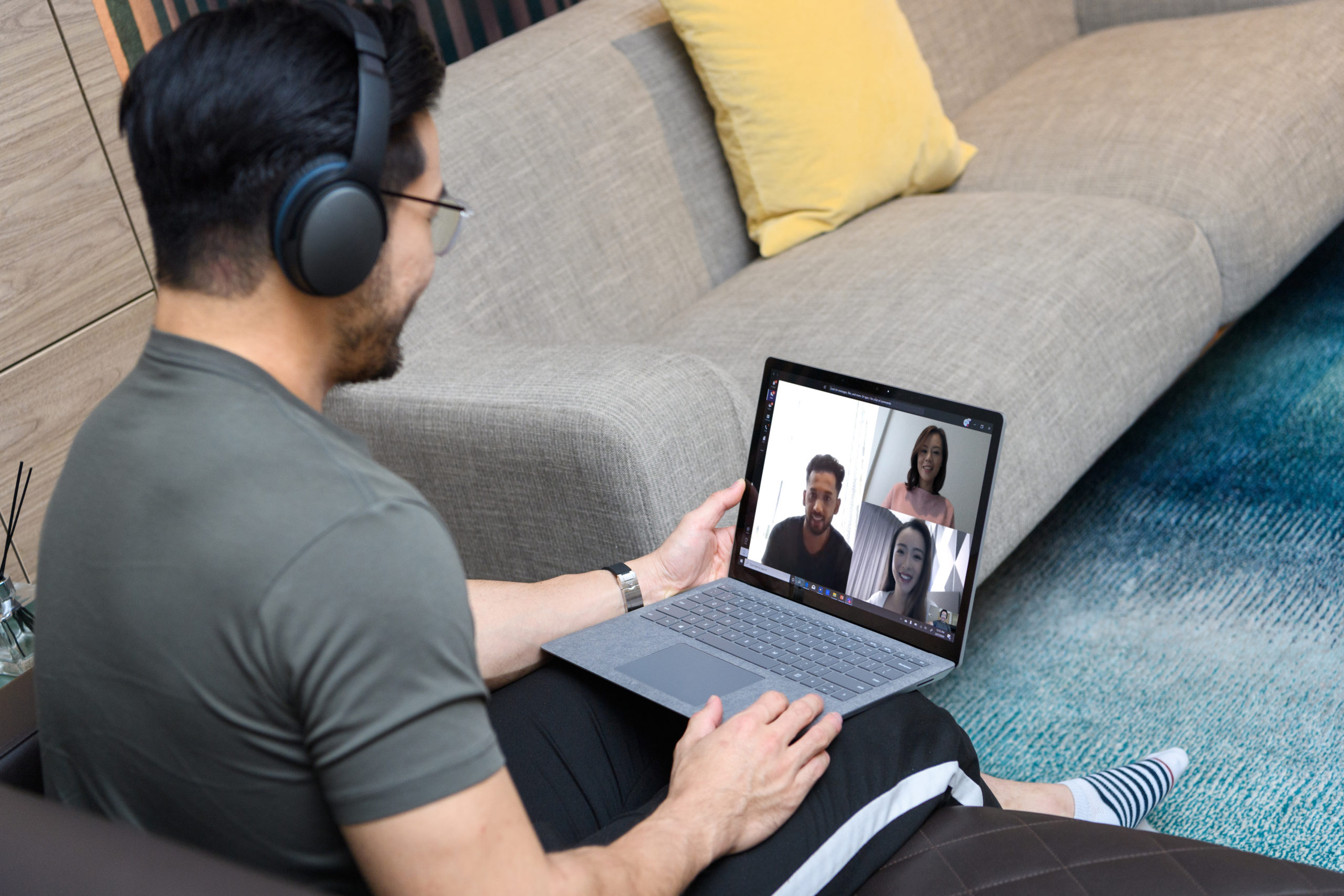By K. Raman, Managing Director, Microsoft Malaysia
Ensuring employee productivity can be a challenge, particularly at a time right now where local businesses and employees are adapting to new ways of working. It requires focusing on keeping things efficient, stripping out non-essentials and finding ways to streamline processes.
Across the region, productivity at work has often been equated to one element – time. According to last year’s AIA Vitality Healthiest Workplace survey, Malaysians recorded low productivity despite working for long hours. The survey revealed that an average of 73.3 days were lost to absence and presenteeism (present at work but too ill or distracted to perform effectively) per employee in 2019.
As we celebrate World Productivity Day on 20 June, it an opportune time for us to take a step back, re-look how we manage productivity and seek ways to establish a “win-win” relationship, where employees make the most of their days and businesses improve their bottom line.
EMERGING PRODUCTIVITY TRENDS
Earlier this year, Microsoft released its first Work Trend Index that explored how people are learning to connect as a team when they need to work apart and use several tools to remain productive.
The quest for human interaction was strong. The report revealed that the number of people turning on video in Microsoft Teams meetings had doubled from before working from home became mainstream. In fact, total video calls in Teams grew by over 1,000 percent in March 2020.
There was also a considerable increase in Microsoft Teams usage on mobile devices such as phones or tablets demonstrating the flexible work arrangements that were taking root. The number of weekly Teams mobile users grew more than 300 percent from early February to 31 March 2020.
Each person, however, achieves productivity differently. Some of us might feel more productive in the morning, while night owls are better focused and unleash their creativity in the evening. In the month of March 2020, the average time between a person’s first and last use of Microsoft Teams each day increased by over one hour. This data does not necessarily mean people were working more hours per day, rather that they are breaking up the day in a way that works for their personal productivity or makes space for obligations outside of work.
5 WAYS TO BOOSTING PRODUCTIVITY DURING COVID-19
In the world of COVID-19, where everything we have known and grown accustomed to is thrown into a state of flux, businesses need to find ways to continue empowering employees to stay productive and happy:
- Enable flexible working
As the economic sector gradually reopens, we’re seeing a greater number of local organizations continuing or building upon their flexible work arrangements that were introduced during the Movement Control Orders. As remote working becomes a way of life, it’s important for employers to trust their employees and know that this flexibility and trust can lead to improved productivity. Depending on the nature of one’s business, companies need to closely examine their existing operating models and identify how they can best enable flexible and remote working arrangements, alongside office layout revamps and modernized customer engagement practices.
- Understand work styles
Employees like to work in a vast range of ways, and they need the right tools to enable them to do their best. Understanding differences in work styles, personality types, skillsets and generations is vital to bringing out the best in people. Some do better in groups, while others thrive in isolation – some may prefer traditional forms of communication such as email, while others can unlock new ideas with the help of more fluid collaborative tools. Depending on one’s job function, employees need to be provided the right tools and training, setting them up for success in a hybrid working world.
- Use universal tools
Employees need to be empowered by technology to seamlessly communicate and collaborate. It’s also important to ensure that any new technology, from cloud-enabled solutions and mobile apps to integrative collaboration hubs such as Microsoft Teams, is easy to access. Dialog Group Berhad, Mah Sing Group and Sunway Group are some of the organizations that have successfully and smoothly transitioned to remote work using Microsoft Teams, allowing their employees to achieve more whether from home or from the workplace.
- Maintain regular human interaction
The work culture in Malaysia tends to lean towards in-person connections. Video calls, therefore, play a very critical role here in replicating real life conversations, helping employees feel more connected with one another. It’s important to remember that these interactions should not be limited to just work-related topics. It’s good to encompass a broad spectrum of free-flowing social interactions, informal get-togethers and attending soft and hard skills trainings, just as one would experience in real life.
- Encourage time off
While international travel restrictions are still in place, it is important to encourage employees to continue taking personal time off to reboot and recharge. Whether travelling to a domestic location or creating their own homestyle retreat, it is critical for employees to pause from work during this pandemic. Businesses should also implement work-life best practices that prevent fatigue during workdays. For example, encourage regular breaks during the day, shorten meeting times and even wardrobe changes to help facilitate the transition from work life to home life.
While maximizing employee productivity will always remain a constant goal, ensuring employees have flexibility of work, the right tools for a successful workday and time away from work will lead to even better outcomes for businesses and people.



